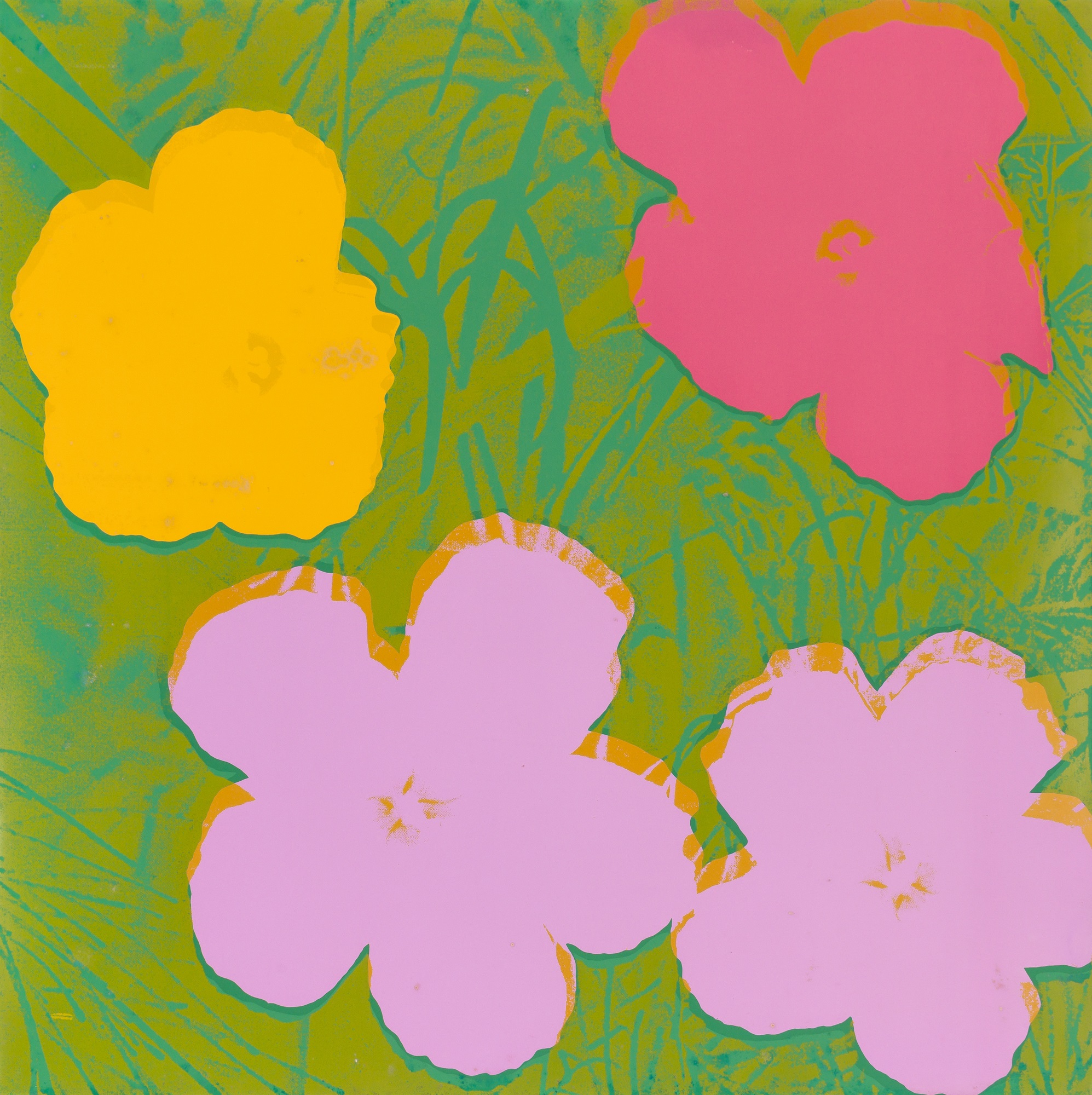
Andy Warhol
American, 1928-1987
Andy Warhol was an American artist and leading figure in the Pop Art movement, known for transforming everyday images into cultural icons. Born in Pittsburgh to Slovakian immigrant parents, he studied commercial art at the Carnegie Institute of Technology, now Carnegie Mellon University, a background that deeply informed his later work.
Rejecting the painterly traditions of Abstract Expressionism, Warhol brought advertising, mass production, and celebrity culture into the realm of fine art. His early pieces, featuring comics, soup cans, and consumer products, blurred the line between commerce and creation. In 1963, his career took a pivotal turn when he began receiving portrait commissions from prominent figures, including Liza Minnelli, Mick Jagger, and other American celebrities.
Warhol’s studio, The Factory, became a cultural hub for artists, musicians, and socialites, cementing his own status as a celebrity. Beyond painting, he produced experimental films, multimedia performances, and founded Interview magazine, expanding his influence across art and media. In 1964, Warhol held an exhibition at New York’s Stable Gallery in which he turned the space into a stylized grocery store, displaying silkscreened Brillo Boxes and other commercial imagery in narrow aisles. From 1960 to 1972, he lived and worked at 1342 Lexington Avenue on the Upper East Side, just steps from Doyle’s current headquarters, using the townhouse for studio work and art storage in his early New York years.
Warhol is widely regarded as the most famous Pop artist of the 20th century, and a defining force in shaping the global understanding of art. Today, Warhol’s work is held in major institutions worldwide, and his legacy continues to shape conversations around fame, reproduction, and the role of the artist in a media-driven society.






